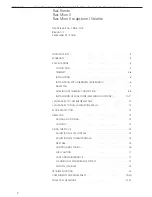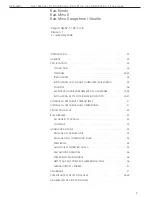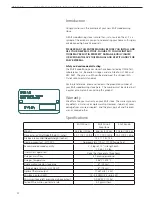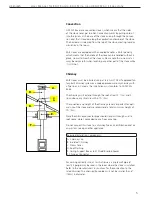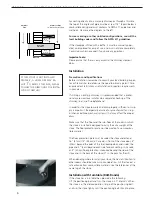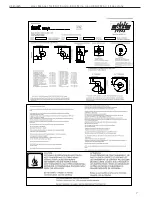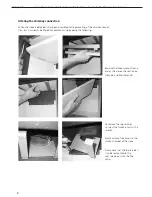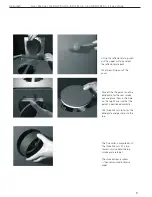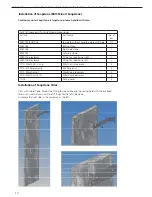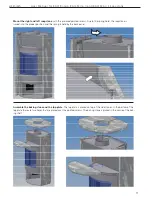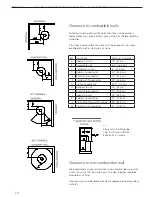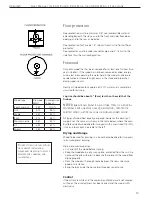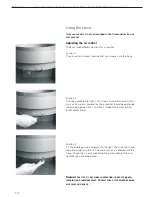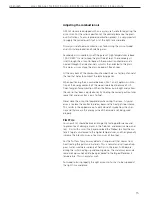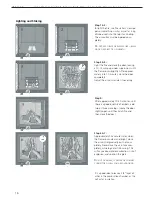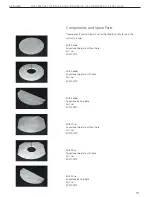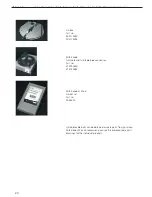
5
US English User Manual for RAIS Rondo, RAIS Mino II and RAIS Mino II Soapstone
Convection
All RAIS stoves are convection stoves, which means that the sides
of the stove never get too hot. Convection works by pulling cold air
into the system at the base of the stove and up through the convec-
tion duct that is located along the combustion chamber of the stove.
The heated air is released from the top of the stove, creating rapid air
circulation in the room.
RAIS stoves are equipped with air-cooled handles, a RAIS specialty,
which means that the handle of the stove can be handled without a
glove, no matter how hot the stove is. Please note that one must al-
ways be very careful when touching any other part of the stove while
it is still hot.
Chimney
RAIS stoves must be installed using a Class A UL 103 HT approved fac-
tory-built chimney system or a code-approved masonry chimney with
a flue liner. In Canada, the installation must conform to CAN/CSA-
B365.
The chimney must extend through the roof at least 3’ (1m), and 2’
(.6m) above any structure within 10’ (3m).
The condition and height of the chimney are very important for opti-
mal use of the stove and we recommend a total minimum height of
10’ (3m).
Note the chimney connector pipe should not pass through an attic,
roof space, closet, concealed space, floor or ceiling.
Do not connect this stove to a chimney flue or air distribution duct or
any system serving another appliance.
Required Installation Components:
A. Chimney Cap
B. Insulated Chimney
C. Storm Collar
D. Roof Flashing
E. Ceiling Support Box or Joist Shield/Firestop Spacer
F. Chimney Connector
For venting vertically into a Class A chimney, a single wall pipe (at
least 24 gauge) may be used in the room where the stove is installed.
Refer to the manufacturer’s instructions for the connection to the
listed chimney. The chimney/stove pipe must not be smaller than 6”
(15cm) in diameter.
B.
A.
E.
F.
C.
D.
B.


